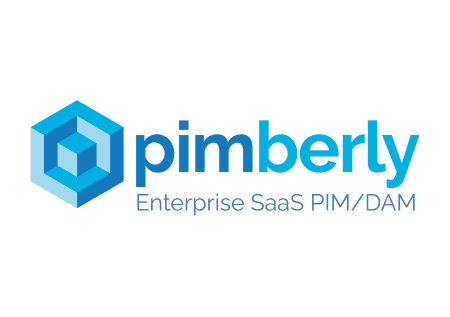When speaking with bathroom manufacturers and retailers, one theme comes up repeatedly: product data is getting harder to manage. Of all the building materials sub-sectors Pimberly works with, bathrooms is where these challenges are especially prominent.
Why Bathroom Product Data is Complex
Bathroom products carry a huge number of attributes — technical specifications, measurements, finishes, and styles. Many are sold as kits or bundles, while others are configurable, such as taps available in multiple sizes and finishes. A single product line can quickly multiply into dozens of variations.
Add in lifestyle imagery, technical drawings, packaging details, and sustainability credentials, and it’s no surprise that many teams are juggling spreadsheets.
Serving Different Channels
Bathroom businesses also need to serve a wide range of channels. Some retail partners still want spreadsheets, while others prefer portals. Meanwhile, catalogues, brochures, and reps remain vital. Consistency across these touchpoints is crucial — especially when products from multiple brands must work together.
Trends Shaping Product Data
Two themes come up in almost every conversation:
- Packaging data: With plastic packaging tax regulations, businesses must capture packaging types, weights, and dimensions.
- Sustainability: Consumers want to know where materials come from and whether products carry certifications.
Getting Data in Better Shape
Businesses handling product data should focus on three things:
- Standardising attributes across ranges.
- Mapping relationships like bundles, accessories, and configurables.
- Understanding sales channel requirements before pushing data out.
How to Take Control of Product Data
At Pimberly — a SaaS-based Product Information Management (PIM) platform — we’ve supported businesses such as Vado, Aqualisa, Bathroom Brands, City Plumbing, and Abode to take control of their data – and Highbourne Group improved their data completeness by 25% since implementing Pimberly.
With the Vendor Portal, brands can collect product data from suppliers in a unified format, protecting integrity and accuracy while simplifying the supply chain. Channels then make it easy to distribute enriched data to retailers and partners in exactly the format they need. Automated Product Data Sheets, Catalogs, and eCatalogs further reduce manual effort, speed up time to market, and ensure consistency.
Having a single source of truth isn’t just about efficiency; it builds confidence with customers, helps businesses adapt quickly to market demands, and sets them up for long-term growth.

